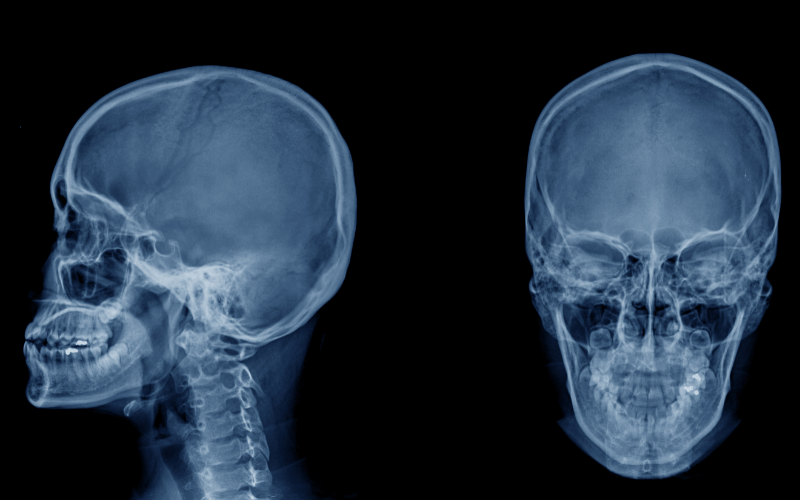Fact 2: Craniofacial Abnormalities – More Than Meets the Eye

Craniofacial abnormalities are among the most noticeable features of Antley-Bixler Syndrome. These include a short skull (brachycephaly), an underdeveloped midface, and protruding eyes. These abnormalities are not merely cosmetic but can have profound effects on health, including respiratory and vision issues.
The craniofacial structure in Antley-Bixler Syndrome can lead to narrowed airways, causing respiratory difficulties. Management of these complications often requires a multidisciplinary approach, including respiratory therapists, ENT specialists, and sometimes surgical interventions.
Protruding eyes (proptosis) associated with the syndrome can lead to exposure-related eye problems and potentially vision impairment. Regular ophthalmological assessments and protective measures are essential to maintain ocular health.
In some cases, surgery may be necessary to correct craniofacial deformities. These procedures can improve both function and appearance, enhancing quality of life. Surgical decisions are made on a case-by-case basis, considering the individual’s overall health and specific needs.
The distinct craniofacial features of Antley-Bixler Syndrome can have significant psychosocial impacts. Affected individuals may face challenges with self-esteem and social interactions. Supportive counseling and community support play a crucial role in managing these psychological aspects. (2)